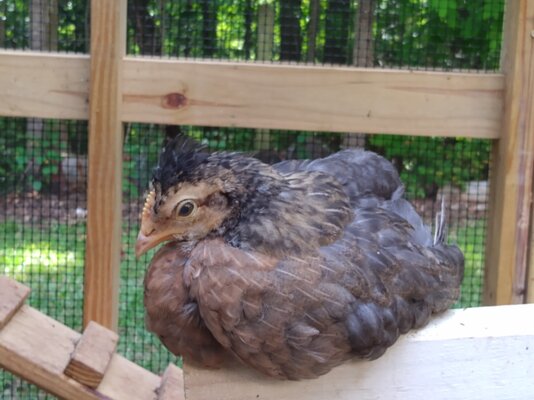SamLockwood
Songster
- Sep 29, 2022
- 258
- 557
- 146
So, the standard Q&A:
(1) Are you new to chickens / when did you first get chickens?
My family has kept chickens off and on for over 25 years.
(2) How many chickens do you have right now?
Lots!
(3) What breeds do you have?
My old birds are one each speckled sussex, rhode island red, and one that may either be a production red or perhaps a wellsummer.
The new arrivals are a mix of legbars and olive eggers derived marins and guinea fowl.
(4) What are your favorite aspects of raising backyard chickens?
The eggs, and watching them do their thing.
(5) What are some of your other hobbies?
Tabletop board games, reading, auto racing, home projects.
At one point I had up to 18 chickens in my old coop & run, but over the last 5 years I had a lot of losses (the worst being a year when raccoons & rats killed off all but six of my chickens over a couple of months). After losing two out of my six old birds I decided to build a new coop and build up a mixed flock of guineas and chickens. That was about 7-8 weeks ago.
Some things I did differently this time:
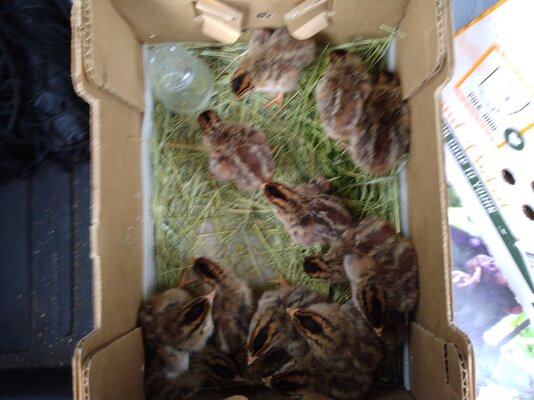
.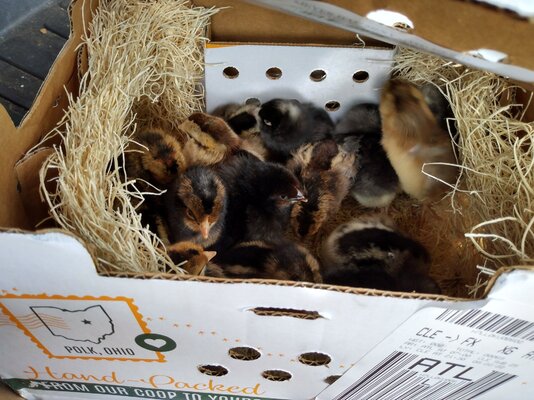
The new coop & run. Empty-looking with only the old birds in it.

The run with perches I added after observing what the old birds liked.

Babies in the brooder.
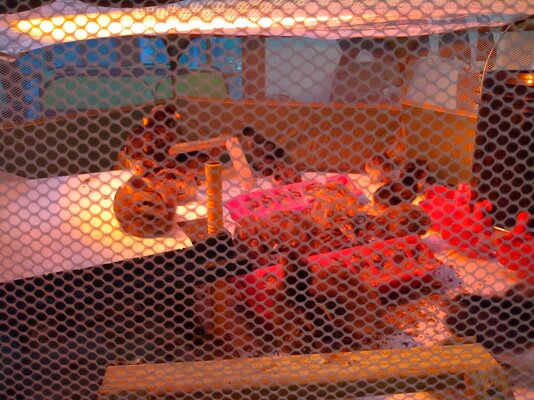
After 2 weeks, I moved the young ones into the larger coop (sealed off from the outside).
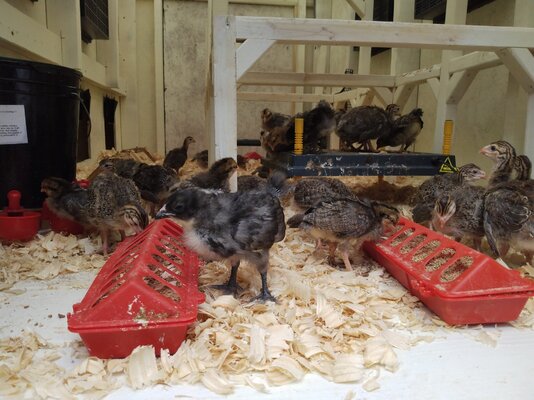
Experiments in free ranging. I did lose one of the older birds (the barred rock in the background there), to what I don't know. She just disappeared one day. The other three adults became more cautious & aware of their surroundings since then.
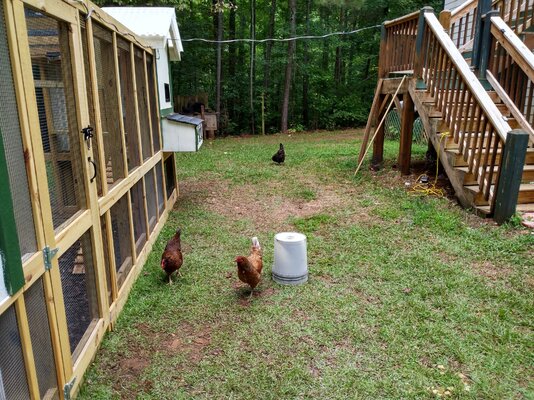
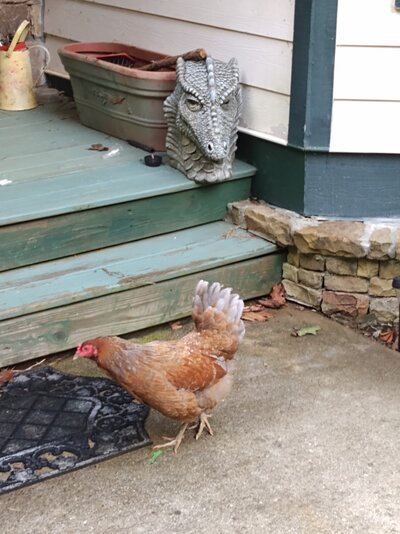
At 5 weeks old, the young ones are let out into the run during the day while the adults forage. There's some limited visiting when the old girls come in at dusk before they roost. The little ones file into the coop by dark. The old birds prefer to roost outdoors (on the highest bars), probably because they didn't care for the old coop (it was darker and not as "airy" as I've made mine.
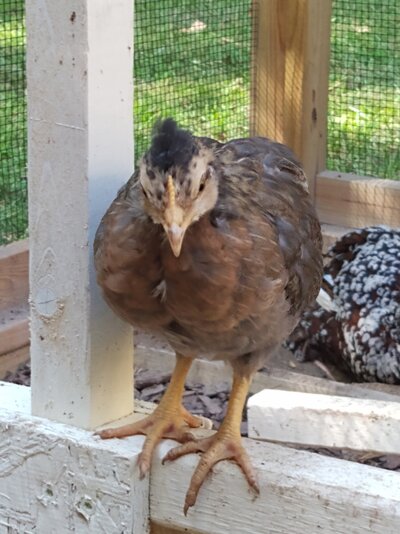
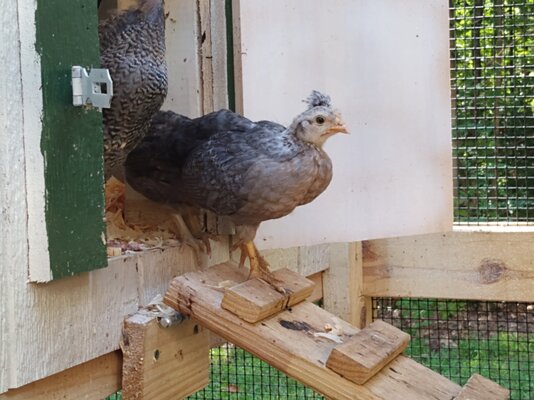
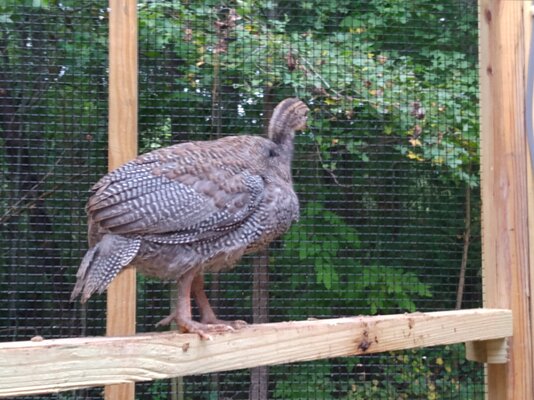
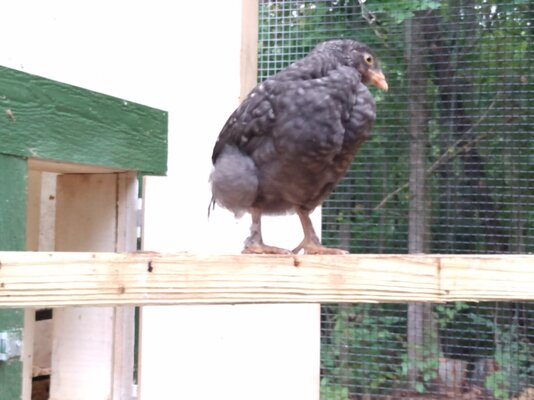
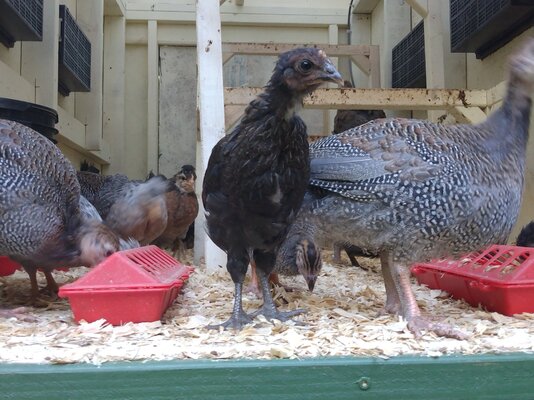
If you've got any questions, comments, etc. I'll probably answer by starting a new thread in the appropriate area.
(1) Are you new to chickens / when did you first get chickens?
My family has kept chickens off and on for over 25 years.
(2) How many chickens do you have right now?
Lots!
(3) What breeds do you have?
My old birds are one each speckled sussex, rhode island red, and one that may either be a production red or perhaps a wellsummer.
The new arrivals are a mix of legbars and olive eggers derived marins and guinea fowl.
(4) What are your favorite aspects of raising backyard chickens?
The eggs, and watching them do their thing.
(5) What are some of your other hobbies?
Tabletop board games, reading, auto racing, home projects.
At one point I had up to 18 chickens in my old coop & run, but over the last 5 years I had a lot of losses (the worst being a year when raccoons & rats killed off all but six of my chickens over a couple of months). After losing two out of my six old birds I decided to build a new coop and build up a mixed flock of guineas and chickens. That was about 7-8 weeks ago.
Some things I did differently this time:
- Built the coops above ground (about 3 feet).
- "Mail order" chicks instead of trying to find them locally (mainly because I wanted to raise guineas & chickens together at the same time).
- A walk-in covered run.
- A dust bath and better roosting space in the run.
- "Automatic" feeding & watering.
- Introducing the new birds to the outside sooner.
- Eventually, free-ranging the birds as much as possible.

.

The new coop & run. Empty-looking with only the old birds in it.
The run with perches I added after observing what the old birds liked.
Babies in the brooder.

After 2 weeks, I moved the young ones into the larger coop (sealed off from the outside).

Experiments in free ranging. I did lose one of the older birds (the barred rock in the background there), to what I don't know. She just disappeared one day. The other three adults became more cautious & aware of their surroundings since then.


At 5 weeks old, the young ones are let out into the run during the day while the adults forage. There's some limited visiting when the old girls come in at dusk before they roost. The little ones file into the coop by dark. The old birds prefer to roost outdoors (on the highest bars), probably because they didn't care for the old coop (it was darker and not as "airy" as I've made mine.





If you've got any questions, comments, etc. I'll probably answer by starting a new thread in the appropriate area.

